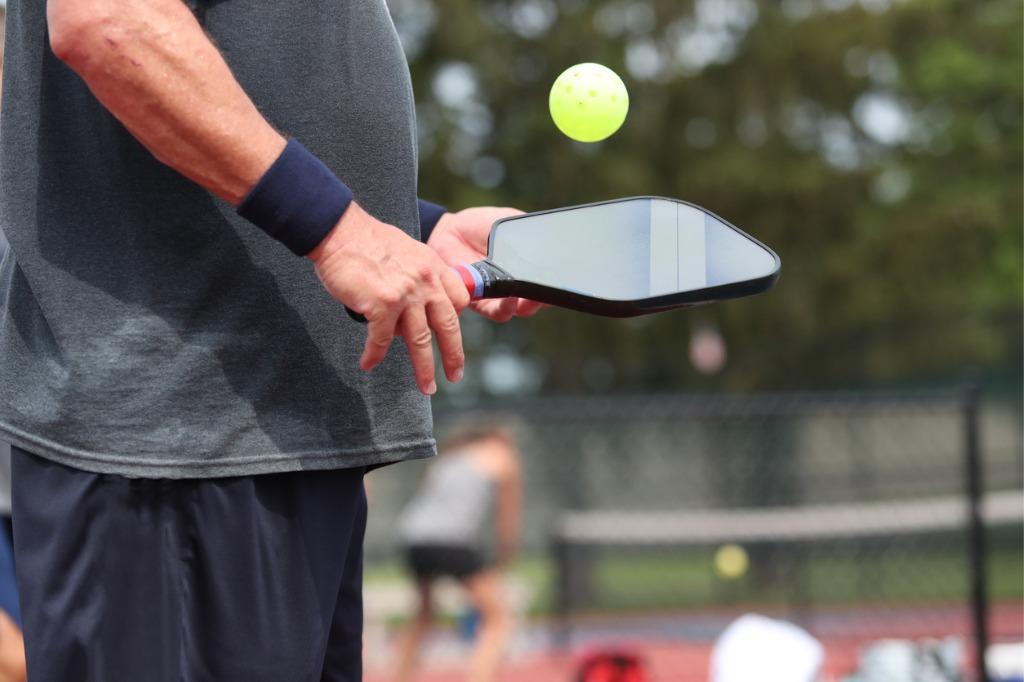A Guide to Bicep Tendon Tears: From Prevention to Recovery
Bicep tendon tears are not just injuries reserved for athletes or those engaged in heavy physical labor. They can occur across a broad spectrum of activities and lifestyles, making an understanding of their causes, symptoms, and treatments essential for anyone looking to maintain optimal arm health and function.
At Motion Orthopaedics, we see a variety of cases, from acute injuries to degenerative conditions, and offer tailored treatments to support recovery and prevent further damage.

The Anatomy Behind Bicep Tendon Tears
The bicep muscle, located at the front of the upper arm, plays a crucial role in the ability to rotate the forearm and bend the elbow. It’s anchored in place by two tendons: one connecting to the shoulder joint and the other to the elbow.
Tears can occur in either tendon but are more common at the shoulder. These injuries typically result from either a sudden, intense force or the gradual wear and tear of repetitive motion.
How Bicep Tendon Tears Happen
Occupational Hazards
Certain professions are more prone to bicep tendon tears due to repetitive lifting, reaching, or forceful arm activities. Construction workers, painters, and even office workers with repetitive strain from computer use can experience these injuries.
Lifestyle and Recreational Activities
Athletes, especially those involved in weightlifting, baseball, tennis, and rowing, face a higher risk due to the repetitive and sometimes forceful motions required by these sports.
Age-related Degeneration
As we age, our tendons gradually wear down, becoming more susceptible to tears. This degenerative process means that even everyday activities can lead to a tear in older adults.
Recognizing the Symptoms of a Bicep Tendon Tear
Symptoms can vary depending on the severity and location of the tear but commonly include:
- Sudden, sharp pain in the upper arm or at the elbow
- Audible popping sound at the time of injury
- Weakness in the arm and difficulty turning the palm up or down
- Bruising from the middle of the upper arm down towards the elbow
- A noticeable bulge in the upper arm (Popeye muscle), indicating a complete tear
Treating Bicep Tendon Tears at Motion Orthopaedics
Our approach to treating bicep tendon tears combines detailed diagnosis with a comprehensive treatment plan tailored to the individual’s needs and lifestyle. Treatment options include:
Non-surgical Treatments
For many, especially those with partial tears, non-surgical treatments such as physical therapy, rest, ice, and anti-inflammatory medications can help manage symptoms and promote healing.
Surgical Options
In cases of complete tears or when non-surgical treatments fail to provide relief, surgery may be recommended to repair the torn tendon. Our specialists use the latest techniques to ensure optimal recovery and function post-surgery.
Prevention and the Importance of Early Diagnosis
Preventing bicep tendon tears involves regular strength training, flexibility exercises, and proper techniques during physical activities. Early diagnosis is crucial to prevent further damage and start appropriate treatments. Ignoring symptoms or delaying treatment can lead to a worsening of the condition and potentially longer recovery times.
Don’t Ignore the Signs: Seek Expert Care
If you’re experiencing symptoms of a bicep tendon tear, it’s important not to ignore them. At Motion Orthopaedics, we’re committed to providing detailed assessments and effective treatments to help you return to your daily activities pain-free. Contact us to schedule a consultation and take the first step toward recovery.




